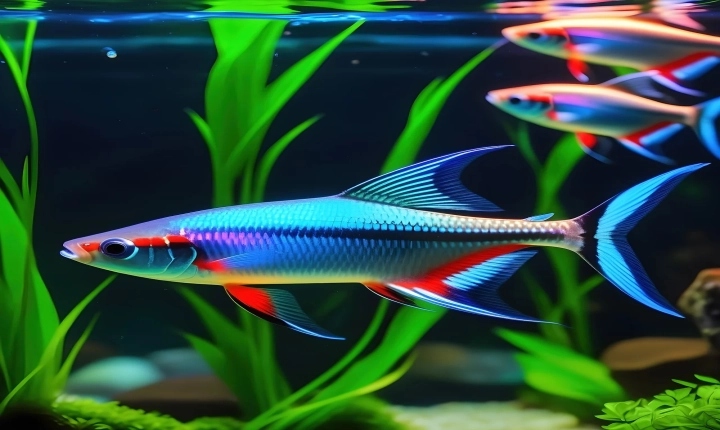Title: Creating AI Video Art: A Step-by-Step Guide
Artificial intelligence (AI) has revolutionized the field of video art, providing artists with powerful tools to experiment with new creative possibilities. By harnessing the capabilities of AI, creators can generate stunning, dynamic visual experiences that push the boundaries of traditional video art. In this article, we’ll explore a step-by-step guide to creating AI video art, so you can unleash your creativity and produce mesmerizing digital masterpieces.
Step 1: Selecting an AI Tool or Platform
The first step in creating AI video art is to choose the right AI tool or platform that aligns with your artistic vision. There are several AI-powered software and platforms available, such as DeepDream, RunwayML, and Artbreeder, which offer a range of features for generating and manipulating visual content. Research and experiment with various AI tools to find the one that best suits your artistic style and objectives.
Step 2: Generating or Collecting Source Material
Once you’ve selected an AI tool or platform, gather your source material. This could include video footage, digital images, or other visual assets that will serve as the foundation for your AI video art. Alternatively, you can create or capture original content specifically tailored to your AI project.
Step 3: Preparing the Source Material
Prior to inputting your source material into the AI tool or platform, it’s crucial to prepare and organize the content for optimal results. This may involve editing and refining the source material to ensure it meets the requirements and constraints of the AI tool, such as image resolution or format compatibility.
Step 4: Applying AI Techniques
With your prepared source material, it’s time to begin applying AI techniques to generate unique and visually compelling effects. Depending on the AI tool or platform you’re using, you may have access to a variety of features, including style transfer, image synthesis, object recognition, and deep learning algorithms. Experiment with different AI techniques to transform your source material into mesmerizing and innovative video art.
Step 5: Iterative Experimentation and Refinement
Creating AI video art is an iterative process that involves experimenting with various AI techniques and settings to achieve your desired visual outcome. Embrace the creative freedom that AI offers and be open to unexpected results, as these can often lead to breakthroughs in your art. Continuously refine and enhance your video art through iterative experimentation, tweaking parameters, and exploring new possibilities.
Step 6: Post-Processing and Integration
Once you’ve generated your AI video art, consider post-processing techniques to further enhance and refine the visual effects. This may involve additional editing, color grading, or compositing to create a cohesive and polished final product. Additionally, consider how your AI video art can be integrated into larger artistic projects, such as installations, performances, or interactive experiences.
Step 7: Sharing and Showcasing
Finally, share and showcase your AI video art with the world. Whether through online platforms, galleries, exhibitions, or screenings, seek opportunities to present your work to a wider audience and engage with fellow artists and enthusiasts. Embrace feedback and use it to further develop your AI video art practice.
In conclusion, AI has unlocked a wealth of creative possibilities for producing video art that pushes the boundaries of imagination and innovation. By following this step-by-step guide, you can embark on a captivating journey of creating AI video art, harnessing technology to realize your artistic vision and inspire viewers with mesmerizing visual experiences. With the right tools, techniques, and a spirit of exploration, the future of video art is boundless and ripe for unprecedented artistic expression.
